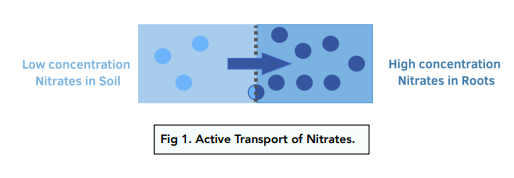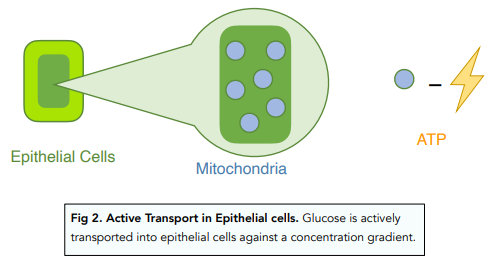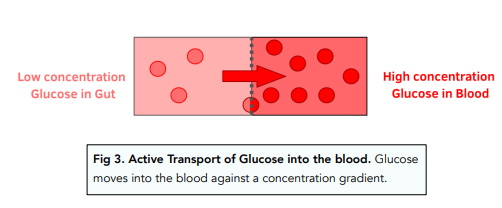Transport in Cells - Active Transport (GCSE Biology)
What is Active Transport in Cells?
Active transports is another method of transport in cells. It is special as it requires energy as it moves particles against a concentration gradient.
What is involved in Active Transport?
- Active transport is the movement of substances against a concentration gradient using energy. This energy is provided by respiration.
Active transport occurs in plants.
Why is active transport necessary in root hair cells?
- Active transport in root hair cells. Plants require mineral ions for growth. Nitrates are especially needed for protein synthesis. They take these in from the soil. Mineral ions are in a higher concentration inside the root hair cells than in the soil. They then move via active transport from the soil into the root hair cells in order to enter the plant. This can explain why active transport is necessary in root hair cells. Root hair cells are adapted to do this by having:
- Large surface area – increases the surface over which minerals are absorbed
- Permanent vacuole – increases the speed of osmosis
- Mitochondria – have many mitochondria to increase energy available for active transport of mineral ions.

Active transport also occurs in the body.
Why is active transport necessary in the body?
- Active transport occurs in the gut wall. Active transport helps sugar to be transferred from a low concentration in the gut to a higher concentration in the blood. This allows the glucose from the gut to be absorbed. This glucose is used for respiration.


- Active transport occurs in the kidney tubules. Active transport helps sugars, amino acids and salts to be transferred from a low concentration in the tubules to a higher concentration in the cortex/ medulla of the kidneys to be reabsorbed back into the blood after being filtered out so a lot isn’t lost in the urine.
Protein Molecules in Active Transport
Proteins embedded in the cell membrane help with active transport. They are called carrier proteins and help move substances across the membrane as outlined below:
- The molecule attaches to the carrier protein at its binding site.
- The carrier protein changes shape with the help of ATP (energy).
- The molecule is released on the other side of the carrier protein.

Transport

I’m unable to edit the caption to say fig 5.
Active transport is a type of transport in cells where substances are moved across the cell membrane from an area of low concentration to an area of high concentration, using energy from cellular processes.
Unlike passive transport, which moves substances from an area of high concentration to an area of low concentration without the use of energy, active transport requires energy to move substances against the concentration gradient.
Active transport plays an important role in cells by allowing them to maintain the proper balance of ions and other substances within the cell. It also helps cells absorb essential nutrients and eliminate waste products.
One example of active transport in cells is the sodium-potassium pump, which moves sodium ions out of the cell and potassium ions into the cell, using energy from cellular processes.
The energy source for active transport in cells is ATP (adenosine triphosphate), a molecule produced by cellular processes.
Active transport helps maintain homeostasis in cells by controlling the balance of ions and other substances within the cell, ensuring that the cell’s environment remains stable and suitable for cellular processes to occur.
Yes, active transport can be affected by external factors such as changes in temperature, pH, and the presence of certain drugs or toxins.
Active transport is important for maintaining health because it allows cells to maintain the proper balance of ions and other substances, absorb essential nutrients, and eliminate waste products. This helps to keep the cells functioning properly, which is essential for overall health.






Still got a question? Leave a comment
Leave a comment